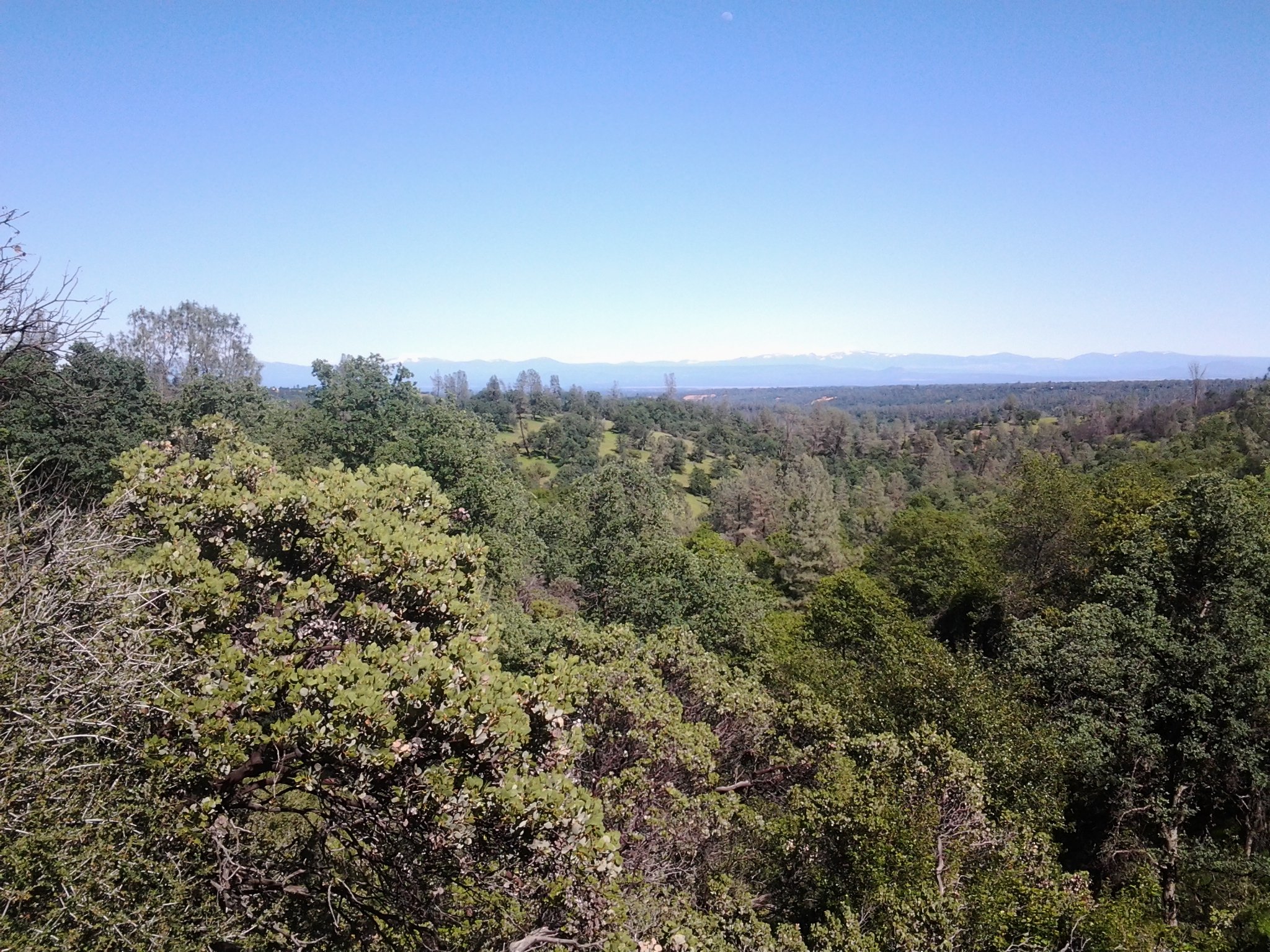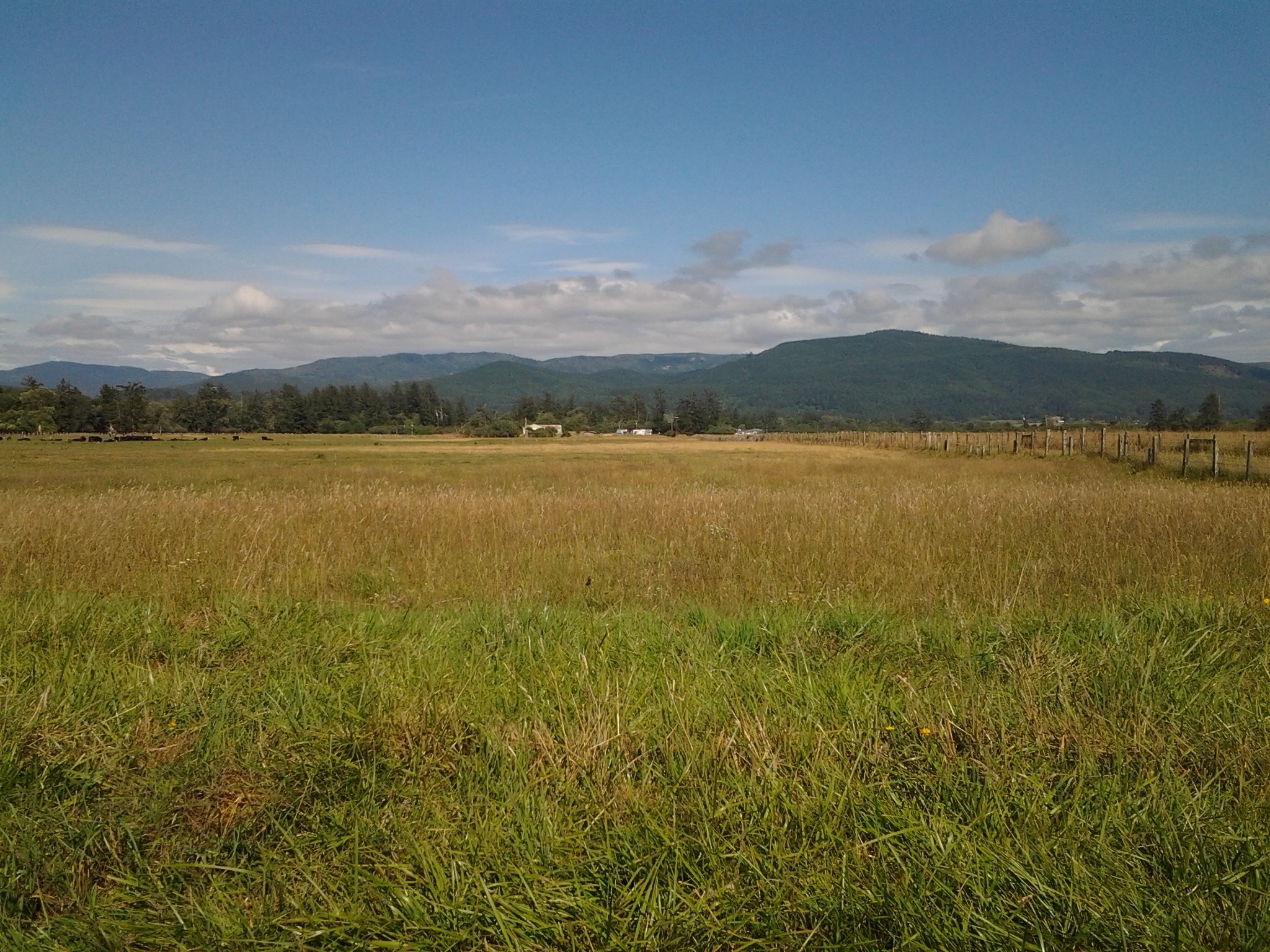
With Our Help, Nature Can Repair Climate Breakdown.
In a typical year, “An approximate value for a 50-year-old oak forest would be 30,000 pounds of carbon dioxide sequestered per acre,” said Timothy J. Fahey, Professor of Ecology in the Department of Natural Resources at Cornell University. “The forest would be emitting about 22,000 pounds of oxygen.”
We know that to combat the climate crisis we have to quickly decarbonize our economy. But we must also draw down significant amounts of carbon pollution already in the atmosphere.
The best way to reduce CO2 in the atmosphere may well be to let nature do its work. Plants pull CO2 out of the atmosphere and store it in their leaves, stems and roots. Some of that carbon makes its way into the soil where it can be stored for millenia. Land (forest, peatlands, wetlands, grasslands) and ocean ecosystems currently absorb roughly half of man-made carbon emissions.
Natural processes, prosaically dubbed Natural Climate Solutions (NCS), are the lowest cost, most available approach to lower greenhouse gasses in the atmosphere. We can support these processes. Preserving and increasing plant quantity and soil health, along with decreasing CO2 releases, can tip the natural world into net removal of CO2 from the atmosphere, returning our climate to its traditional patterns. (Learn more.)
The NCS process means land stewardship actions that capture or reduce greenhouse gas emissions by protecting existing ecosystems, improving the management of working lands and restoring natural ecosystems that have been degraded.
The NCS process—
Protecting existing ecosystems means doing all we can not to degrade or destroy any more natural lands. We can protect public lands through efforts such as the federal and state 30 by 30 initiatives (see below). We can support efforts by our cities to curb urban sprawl and develop only in areas that are already degraded. Our cities can pass powerful tree ordinances and stop replacing carbon sequestering trees with carbon producing development.
Improving the management of working lands means working with landowners, farmers, ranchers, and timber companies to help them keep greenhouse gasses stored in the lands. As communities we can incentivize using no-till farming, planting cover crops, perennial wheat, native rangeland grasses, extending time between timber harvests, among many other practices. Such practices benefit us all by promoting CO2 sequestration and water retention, thus reducing the impetus toward more heat, drought, and wildfire–ultimately putting us ahead both financially and in quality of life
Restoring natural lands means returning degraded lands back to natural lands. Actions like replanting forests, restoring wetlands (of which California has only 10% remaining) and natural coastlines, reclaiming mined areas and creating more urban green spaces are examples of restoration.
Many world governments are passing legislation to work toward protecting/conserving 30% to 50% of natural lands. In the US, President Biden signed Executive Order #14008 in 2021, entitled Tackling the Climate Crisis at Home and Abroad in which he directed senior officials to develop a plan to conserve at least 30% of the lands and waterways by the year 2030.
In October of 2020, Governor Newsom signed the Executive Order N-82-20 which directed state agencies to advance strategies to conserve at least 30% of California’s land and water by 2030. The California Natural Resources Agency is charged with developing and implementing the order and has recently released its draft plan, Pathways to 30x30: Accelerating Conservation of California’s Nature .
Actions toward energy efficiency, renewables and cleaner fuels are crucial in the fight against climate change. But working with nature, using green plants and soils to remove CO2 from the atmosphere, will actually reduce the climate problems already in place.
(See below for what individuals can do.)

How can individuals get involved?
Each of us can help conserve nature in our own backyards by purposefully caring for our gardens and trees.
It is important to be informed and to support local organizations working to conserve and preserve nature. (Gov. Newsom floats $100M plan for tribes to buy land)
Contact 30x30 California for more information on this issue, to ask a question, or express your support or concerns. You may also contact the Biden Administration here.
Recommended reading: Half Earth by Edward O. Wilson


